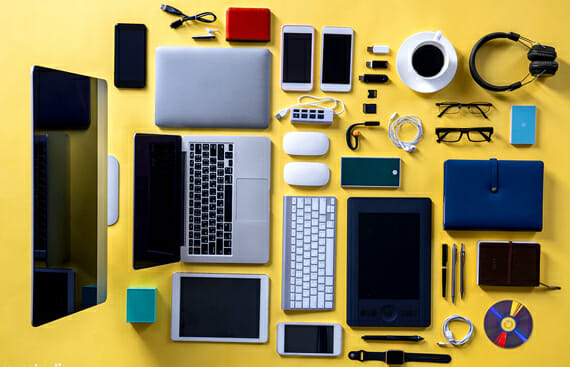10 Crucial Device Guidelines That All Early Childhood Teachers Must Follow
Devices are now commonplace in today’s technologically advanced society, even in the hands of young students. Despite the enormous instructional potential of these tools, it is imperative that educators set clear criteria to ensure their appropriate and efficient usage. Ten essential gadget rules for teachers of young students are outlined in this extensive guide, “Digital Discipline: 10 Essential Gadget Rules Every Teacher of Young Students Should Implement for a Balanced and Effective Learning Environment – Fostering Responsible Technology Use, Promoting Engagement, and Safeguarding Well-Being in the Modern Classroom,” with the goal of establishing a productive and balanced learning environment.
I. Setting the Stage: Establishing a Foundation for Responsible Technology Use
- Rule 1: Gadgets are Tools, Not Toys:
- Emphasize that gadgets are educational tools intended for specific learning activities.
- Distinguish between appropriate educational use and recreational use.
- Clearly define when and how gadgets should be used in the classroom.
- Rule 2: Teacher’s Permission is Paramount:
- Establish a rule that gadgets can only be used with explicit teacher permission.
- This prevents unauthorized use and ensures that gadgets are used for intended learning purposes.
- This also allows the teacher to control the classroom environment.
- Rule 3: Designated Gadget Zones and Times:
- Create designated areas or times for gadget use within the classroom.
- This helps to maintain focus and prevent distractions during non-gadget activities.
- Consider implementing “tech-free” zones or times to encourage social interaction and traditional learning methods.
II. Fostering Engagement and Learning: Maximizing Educational Potential
- Rule 4: Content is King, Not Just the Device:
- Focus on the educational content and learning outcomes, rather than just the gadget itself.
- Ensure that gadgets are used to enhance learning and not merely as a novelty.
- Select educational apps and websites that align with curriculum objectives.
- Rule 5: Collaborative Gadget Use:
- Encourage collaborative gadget use for group projects and interactive learning activities.
- This promotes teamwork, communication, and social interaction.
- Structure activities that require students to share and learn from each other.
- Rule 6: Digital Creation and Expression:
- Utilize gadgets for digital creation, such as drawing, writing, and multimedia projects.
- This allows students to express their creativity and develop digital literacy skills.
- Encourage students to use gadgets to create and share their learning.
III. Safeguarding Well-Being: Promoting Balance and Responsible Use
- Rule 7: Limited Screen Time and Breaks:
- Implement strict limits on screen time, especially for younger students.
- Encourage regular breaks to prevent eye strain and fatigue.
- Promote physical activity and outdoor play to balance screen time.
- Rule 8: Digital Citizenship and Online Safety:
- Teach students about digital citizenship, including online safety, privacy, and respectful communication.
- Emphasize the importance of protecting personal information and avoiding cyberbullying.
- Educate students about responsible online behavior and ethical use of technology.
- Rule 9: No Personal Gadgets During Class:
- Establish a clear rule against using personal gadgets, such as smartphones or tablets, during class time.
- This helps to minimize distractions and maintain focus on learning.
- Provide designated times or areas for students to use personal gadgets if necessary.
- Rule 10: Respect for Gadgets and Shared Resources:
- Teach students to handle gadgets with care and respect.
- Emphasize the importance of sharing and taking turns with shared resources.
- Promote responsible use and maintenance of gadgets.
IV. The Teacher’s Role: Leading by Example and Providing Guidance
- Model Responsible Gadget Use:
- Teachers should model responsible gadget use, demonstrating appropriate behavior and digital etiquette.
- This sets a positive example for students and reinforces the importance of responsible technology use.
- Provide Clear Instructions and Expectations:
- Clearly communicate instructions and expectations for gadget use.
- Ensure that students understand the rules and guidelines.
- Provide ongoing guidance and support.
- Adapt and Adjust:
- Be flexible and adaptable in your approach to gadget use.
- Adjust rules and guidelines as needed to meet the evolving needs of your students and the classroom environment.
- Stay informed about new technologies and educational applications.
By implementing these 10 essential gadget rules, teachers can create a balanced and effective learning environment that harnesses the educational potential of technology while safeguarding the well-being of young students.





